
An ergonomically set up workstation can help to reduce the risk of discomfort, pain and injury. Evaluating the ergonomics of your workstation requires a step by step process. Using this step by step guide, you will be able to ensure your setup is ergonomically at its best and hopefully will be able to notice an improvement in comfort while you work.

Chair
First and foremost, you must have a good quality ergonomic chair. Your chair should have at a minimum three basic features:
- Adjustable back rest height
- Adjustable seat height
- Adjustable back rest angle
There should also be a 5-point base with castors and some form of lumbar support. If your budget permits there are now some great additional ergonomic adjustments you can get on an ergonomic chair. These include:
- Adjustable seat pan depth
- Adjustable seat pan angle
- Adjustable lumbar support (height and pressure)
- Adjustable seat tilt tension
I experience back pain when sitting
Make sure you are sitting in your chair with good posture. When you first sit down in a chair you should make adjustments in order to appropriately set the chair up for your body. This includes:
Adjusting the Height of the Seat
Seat height should be the first thing you adjust at any workstation. The height of the chair must be adjusted so that your wrists are at the same height or slightly below your elbows. Your hips should be at right angles (90 - 100 degrees) when sitting in your chair. Now that you have positioned your seat at its correct height, do your feet reach the floor? If they do not, then you will require a footrest to help bridge the gap between your feet and the floor.
Note: The sitting position described above is designed to put your neck and shoulders in a relaxed position. Sitting too low to your desk promotes "shrugging" of your shoulders as you try to reach up to your desk.
Adjusting the Angle of the Backrest
The general rule of thumb is to have your backrest angle set at 90-100 degrees in order to promote an upright sitting posture.
Adjusting the Height of the Backrest
Ergonomic office chairs tend to often have a lumbar support in the lower part of the backrest that is specifically contoured to support your lower back and spine. If you position your backrest too high or too low, this lumbar support will feel as though it is digging into your hips or into your mid back. One easy way to check if the backrest is too high is to place your hand behind your back. If you can slide your hand behind your back while you are seated you may have positioned the lumbar support too high.
There are a wide range of ergonomic chairs on the market that contain varying back rest heights. Ideally the backrest of a good ergonomic chair should come up to the height under your shoulder blades. In most cases, these chairs are termed or labelled as a "High backrest chair". If your budget permits, investing in a high back rest chair is a good idea. However, if you have a short stature, then a normal back rest height may provide back support up to your shoulder blades already. Taller individuals will always require a high backrest due to their long torso length.
When you are sitting on your chair, your back should completely rest against the backrest and your backside should be sitting right back into the chair. Some people prefer to sit on the edge of their chair, however this sitting posture provides no back support and places greater strain on your back muscles due to the constant activation of them. Make sure that your chair wheels move smoothly and freely over the floor when you are moving away from your desk. If the flooring is carpet, you may need to invest in a plastic floor mat.

I experience leg discomfort when sitting in my Chair
Firstly, check the position of your feet. As previously mentioned, they need to be flat on the floor. Avoid resting your feet underneath the chair on the chair feet. If you have adjusted your chair height as recommended above and you can not place your feet flat on the floor, you will require a footrest. Your footrest should be large enough for both of your feet to rest on it and if your budget permits, select one that offers a tilt mechanism so you can alternate your ankle joint angles as required.
Check there is adequate room between the front of the seat pan and behind your knees. Ideally there should be at least a 2 finger wide gap. If you find the back of your knees are pressing against the seat and there is no gap, you will need a shorter seat pan depth. This is also a similar problems for taller individuals who have more then a 2 finger gap between the back of their knees and the seat pan, however these individuals will require a deeper seat pan.
Check that the seat pan is wide enough for you. Your backside should fit comfortably on the seat pan without any overhanging at the sides of the seat pan. Individuals with larger hips or frames will require a seat pan that is wider and deeper in order to comfortably accommodate their body frame.

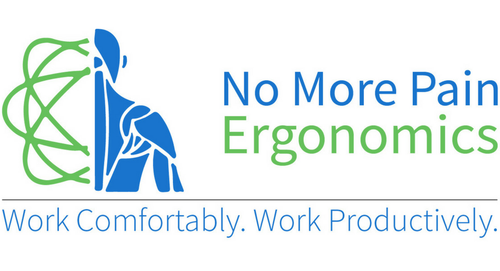



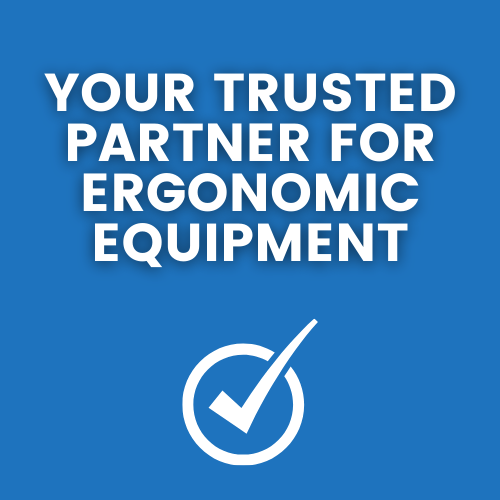


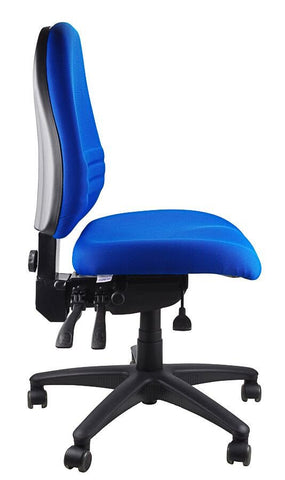






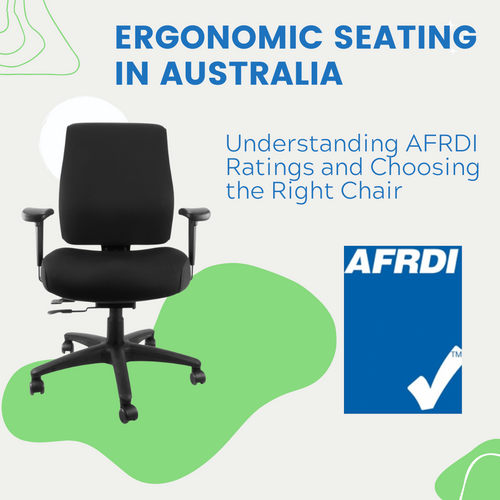
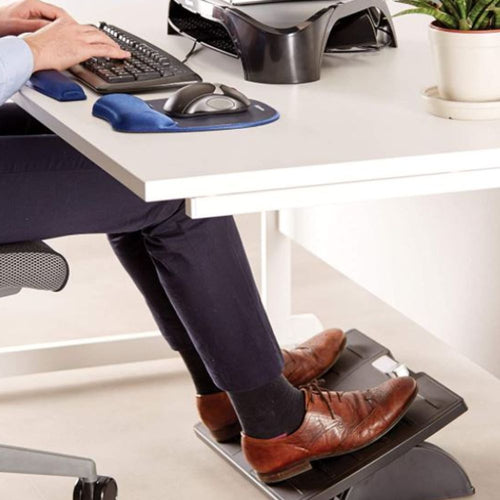

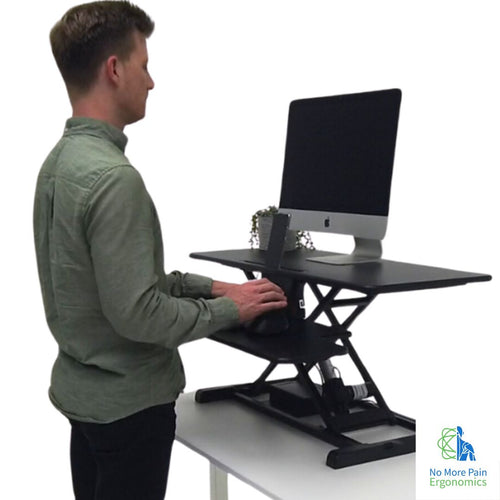

← Older Post Newer Post →
0 comments
Get in Touch
Still have a question or simply want to discuss what ergonomic products are best suited? Get in touch, our expert team is available to provide free advice and support.